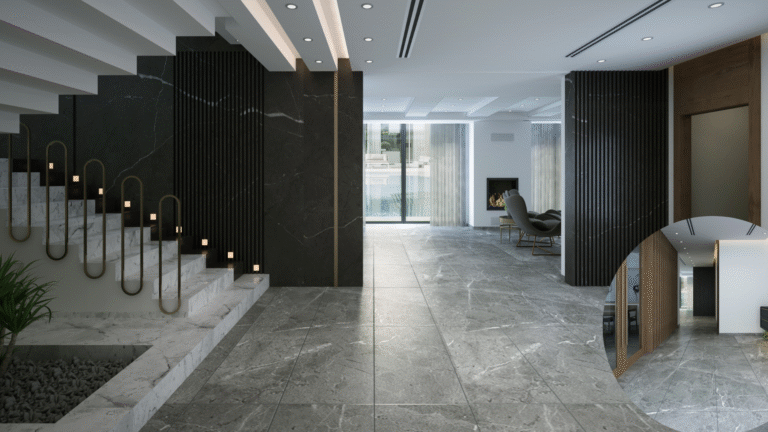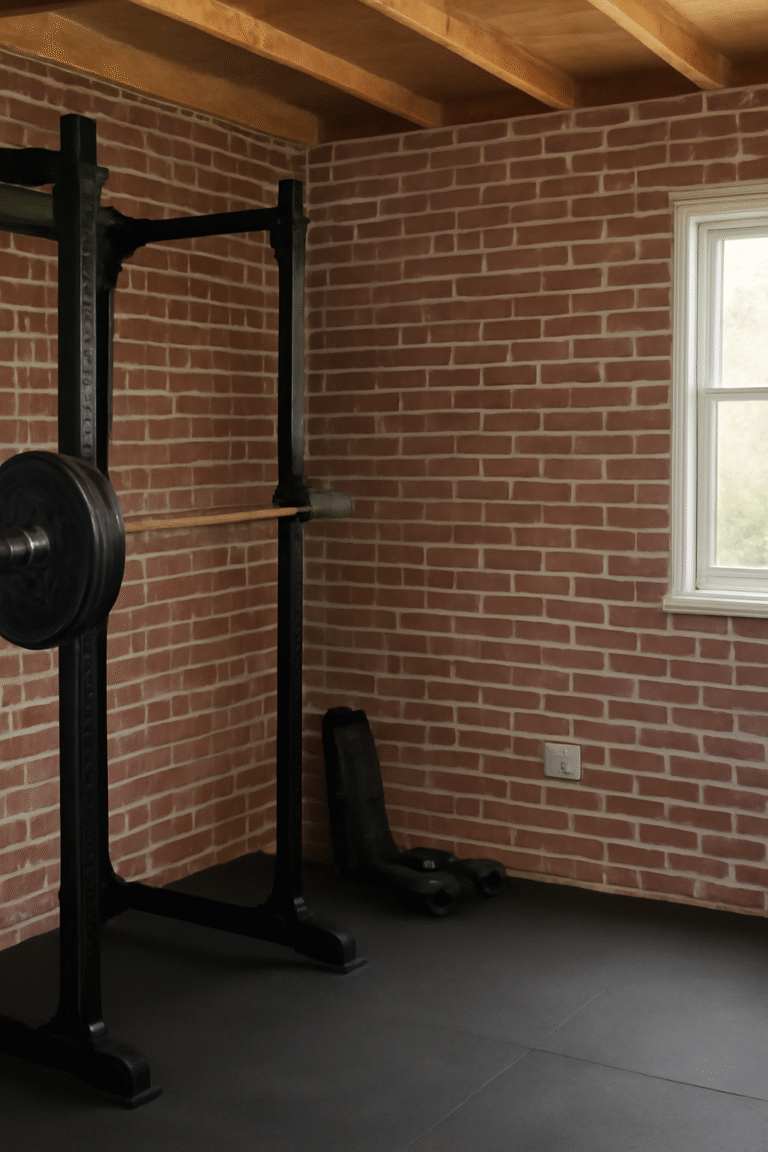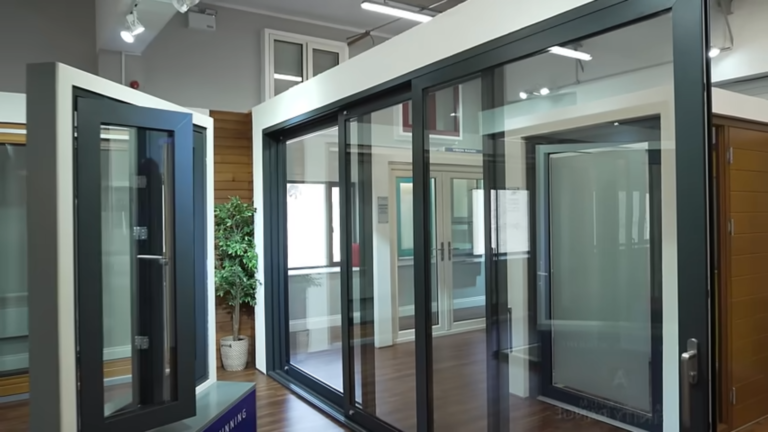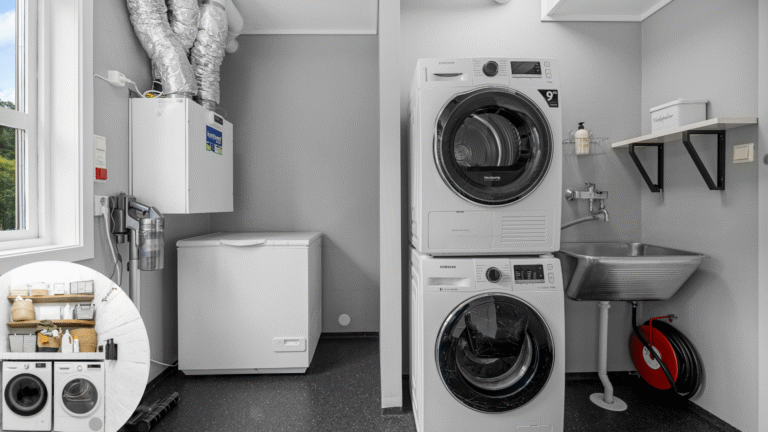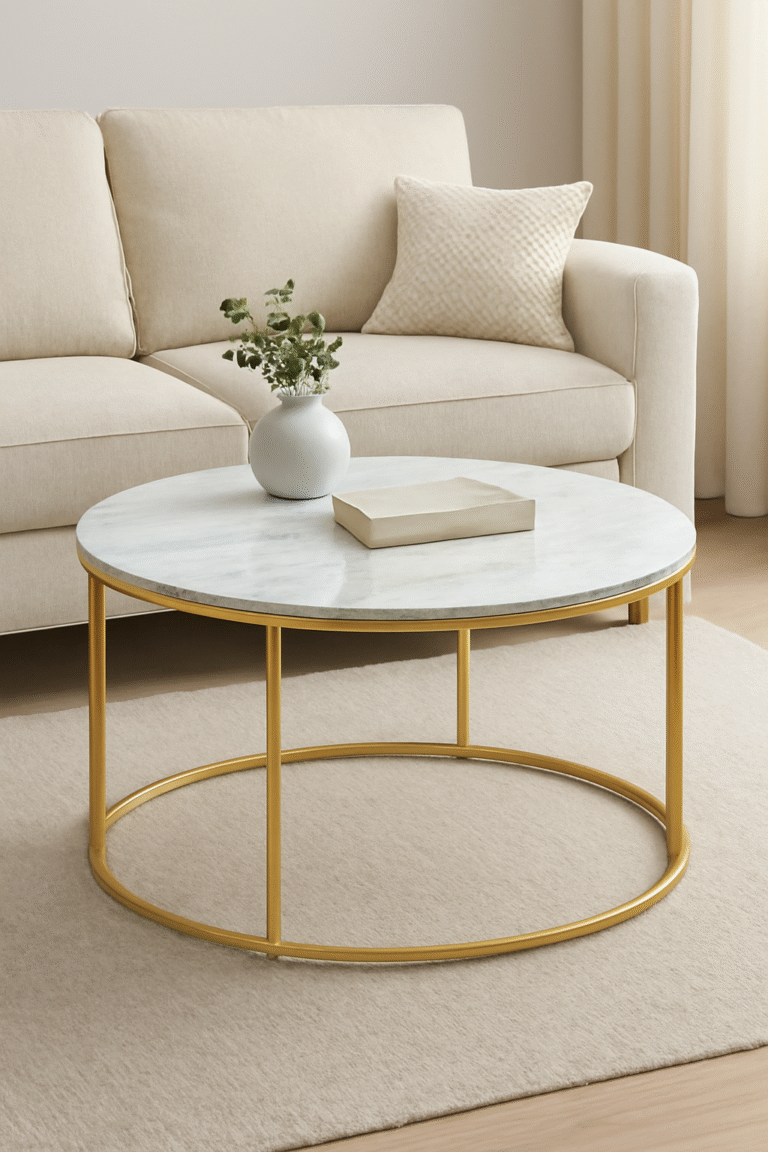Simplified Decorating: How to Style End Tables
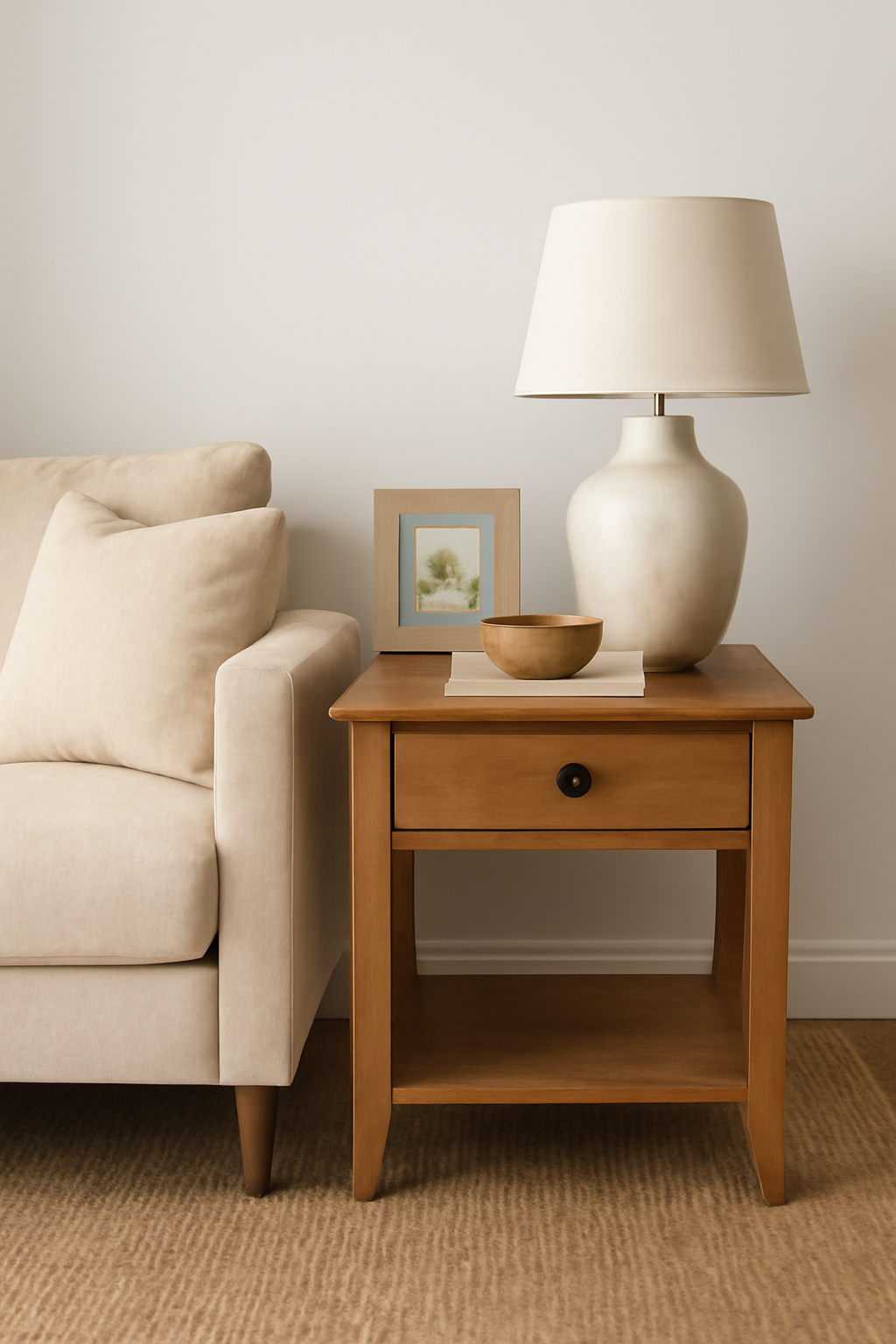
End tables are a staple in home design, offering both practical storage and decorative appeal. They can enhance a room’s aesthetic, and when styled correctly, they make a big impact on your space. However, styling them can seem like a challenge, especially when you aim to keep things simplified and cohesive. Whether you’re trying to decorate for the first time or give your end tables a fresh new look, this guide will help you discover how to style end tables with ease and creativity.
Why End Tables Matter in Home Design
End tables, also known as side tables, accent tables, or nightstands depending on their placement, are versatile pieces that bring balance and style to any room. These tables are typically placed next to sofas, chairs, or beds, providing a surface for everyday items such as lamps, drinks, books, and decorative objects.
Because they occupy such prominent positions, styling your end tables can elevate the room’s overall look. And while it’s easy to get overwhelmed by all the decorating options, simplified decorating can make this task fun and approachable. The goal is not to clutter but to thoughtfully curate the pieces that sit on these tables.
Start with Functionality: Keep it Simple and Practical
When thinking about how to style end tables, it’s essential to remember their primary function. End tables serve a purpose, and that purpose should guide your choices. Begin by considering what you’ll actually use your end tables for.
- Lighting: If your end table will hold a lamp, choose a lamp that fits the space and provides the necessary light without overpowering the table. For a minimalist approach, a simple table lamp with clean lines can work wonders.
- Storage: Some end tables come with drawers or shelves for hidden storage. This is ideal for reducing clutter, so try to keep the surface as free from unnecessary items as possible.
- Easy Access: End tables often hold items that need to be within arm’s reach, such as remotes, coasters, or a cup of coffee. Keep these practical items close by but also arranged neatly.
When you start with functionality, you can then move on to the decorative elements, knowing they’ll serve a dual purpose.
Keep It Simple with a Focal Point
To avoid overwhelming the space, simplified decorating is key. When it comes to how to style end tables, start with a focal point. This could be a decorative item that catches the eye and sets the tone for the rest of the table. Here are some ideas:
- A Beautiful Vase: A vase filled with fresh or artificial flowers adds color and life to the table. Choose a vase that complements your overall color scheme. For example, a neutral-colored ceramic vase can work well in a minimalist setting, while a gold or glass vase adds elegance to a more modern or traditional room.
- A Statement Tray: Trays are both practical and stylish. They organize smaller items like candles, coasters, and keys, and also provide a base for other decor items. Opt for a tray with interesting texture, such as a wooden tray or a marble one, to add depth.
- Books: A stack of books can add height and texture to your end table. If you’re a book lover, display your favorite novels or art books in a neat stack. You can also use coffee table books as a way to introduce a splash of color or add some visual interest.
By focusing on one or two key pieces, you create a simplified, clean design that allows the space to breathe while still offering visual intrigue.
Balance the Visual Weight
One of the most important things to consider when styling end tables is balance. To create a harmonious look, distribute the visual weight across the table. This can be done by considering the height, color, and texture of your decor pieces.
For example, if you have a tall lamp on one side of the table, balance it out with something lower on the other side, like a stack of books or a small decorative bowl. Mixing up heights is a great way to maintain balance without overcrowding the table.
Additionally, try not to place too many similar items next to each other. For example, a set of three identical vases could become too visually overwhelming. Instead, combine different shapes, textures, and materials for a more eclectic but balanced look.
Integrate Nature: A Touch of Greenery
Nature-inspired elements can bring life and color to your end tables. A small potted plant or succulent is an easy way to add a natural element without taking up much space. Plants have the added bonus of purifying the air and creating a calming atmosphere in the room.
If you’re worried about the care requirements of a plant, opt for low-maintenance varieties such as succulents, cacti, or snake plants. Alternatively, you can go for a faux plant that looks realistic but requires zero effort. A plant’s presence on an end table can soften the space and provide an organic contrast to the hard edges of furniture pieces.
Personalize Your End Tables
Simplified decorating doesn’t mean you can’t add personal touches. End tables are an ideal place to showcase your personality and interests through decor items that speak to you. Whether it’s a meaningful piece of artwork, a family heirloom, or a decorative object that reflects your style, adding personal touches will give the space character.
- Photographs: A framed photograph of your family, pets, or travels can infuse your end table with warmth and sentiment.
- Antiques or Collectibles: A cherished collectible can be an excellent conversation starter and adds a touch of nostalgia to the decor.
- Unique Sculptures or Figurines: Small sculptures, especially those made of natural materials like wood, metal, or stone, can elevate the table’s design.
These personal elements will give your end table a curated, lived-in feel, making it a part of your home’s story.
Embrace Negative Space
While it might be tempting to fill every inch of space, simplified decorating encourages you to leave some areas empty. Negative space is important in interior design because it allows the eye to rest and the decor to breathe.
By leaving some areas of the end table open, you avoid a cluttered appearance and create a more peaceful environment. It also allows the individual items on the table to stand out rather than compete with each other.
Color Coordination and Consistency
Another important element in simplified decorating is color coordination. When selecting items for your end tables, try to stick to a consistent color palette. This doesn’t mean everything has to match, but a cohesive palette will ensure that your items look intentional rather than haphazard.
You can mix and match textures and materials—wood, glass, metal—but as long as the colors are complementary, the end table will appear well-designed. Neutral tones like white, black, gray, or beige create a calming environment, while pops of color can bring personality and vibrancy to the space.
Keep It Functional with Small Touches
When styling your end tables, it’s easy to overlook functional touches, but they play a huge role in making your space both beautiful and practical. Consider incorporating items like coasters, remote controls, or a small bowl for keys. These practical items don’t have to detract from the decor; they can be neatly organized and even stylish.
For example, a set of leather coasters on a stylish tray looks polished and protects the table surface, while a sleek bowl can hold your keys or loose change without disrupting the table’s look.
Conclusion: Simplified Decorating, Stylish End Tables
Styling end tables doesn’t have to be complicated. By keeping things simple, functional, and balanced, you can create an inviting and aesthetically pleasing space that enhances your home’s overall design. Whether you prefer a minimalist style or something a little more personalized, the key is to make sure every item serves a purpose while adding beauty to the table.
By following these simplified decorating tips, you’ll discover how to style end tables that not only look great but also function seamlessly in your living space. Enjoy the process of experimenting and creating a space that feels comfortable and stylish!
